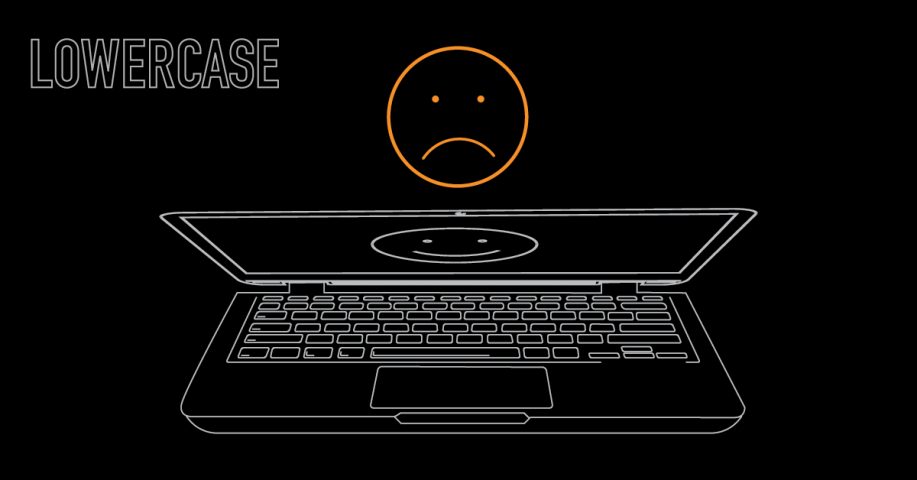High Scores Mask Low Satisfaction


High satisfaction scores from dissatisfied customers? Seems unlikely, but misleading data about the customer experience is surprisingly common. Companies aren’t fixing this problem—they’re creating it.
“How can this be?” one media company executive wondered. “We’ve measured customer satisfaction for years, and our call centers, field services, and website experience each score consistently over 90 percent. Our service is great!”
Despite these high scores, executives learned that customers were leaving at an alarming rate because of “poor service and shoddy treatment over time.” Customers who provided high ratings were, at the same time, deeply dissatisfied. Even the best customers required incentives to stay, making them expensive to retain.1
Earning high satisfaction scores from dissatisfied customers seems unlikely, but misleading data about the customer experience is surprisingly common. Leaders are not fixing this problem—they are creating it.
Customers Don’t Care—About That
If you’re consistent with recent trends, then your company measures and scrutinizes customer satisfaction ratings after most interaction points. It’s becoming common for leaders to cite ratings during earnings calls, report them in securities filings, and link them to executive compensation. The assumption is that an uptick in ratings proves the company is creating satisfied customers.2
In a narrow sense, individual interaction points, or touchpoints—which include products, services, interactions, messaging, and settings—may rate highly for satisfaction because employees answered questions or solved issues as they arose.
But companies are failing to get a read on true customer satisfaction for one simple reason: customers don’t care about interaction points.
Customers care about something different.
Journeys: Navigating a Path to Achieve a Goal
Customers care about achieving their goals. A goal may be as routine as “download and reconcile transactions,” as nebulous as “decide which product features I’m willing to pay extra for,” or as complex as “cure my disease.”
While companies focus on measuring and optimizing each interaction point, customers focus on navigating efficient and effective paths through interaction points to achieve their goals.
In other words, customers care about journeys.
A journey encompasses the cumulative steps and experiences that take place before, during, and after interactions. Journeys frequently move across channels and interaction points and are usually measured in minutes or hours–although sometimes journeys span days or weeks. A journey is complete when the customer’s specific goal is achieved or need is fulfilled.
Can You Spot the Problem?
During a recent visit to the local bank branch, the teller explains that an account requires an upgrade. A personal banker offers to complete the upgrade immediately, and the account would remain accessible. Rating for this interaction point? High satisfaction—because the banker spotted a need and proactively addressed it.
Later, when logging into the account to download and reconcile transactions, years of history, data, and statements were missing.
“I’m sorry. Our system treats that update as a change in product rather than an adjustment to a continuing account, which means your data has been eliminated from our site,” the branch manager explains. “However, we could print and mail to you up to 7 years of account statements—no charge.”
Rating for this? Perhaps surprisingly, this interaction point—which primarily reflects how the manager handled the situation during the call—could rank as satisfactory.
So where’s the problem?
Journeys Drive Value
Individual interaction points may earn positive scores, yet customers face underlying problems that could have been avoided, stumble over root causes left unaddressed, and circle back while attempting to move forward. The cumulative effect on the customer is decidedly negative.
In the banking example, key interaction points for the journey rate highly but the path—which includes a bank visit, website search, lost data, two emails, two phone calls, a custom report, a mailing, and manual data entry—quickly becomes challenging and disappointing.
Research suggests that the three journeys that matter most to customers account for “more than 25 percent of total customer satisfaction,” and that performance on journeys is “significantly more strongly correlated with business outcomes such as revenue, churn, and repeat purchase.”3
Even small journey improvements create surprisingly valuable business outcomes.
Little Things Make a Big Difference
According to a McKinsey survey, “customer satisfaction with health insurance is 73 percent more likely when journeys work well than when only touchpoints do.”
Likewise, “customers of hotels that get the journey right may be 61 percent more willing to recommend than customers of hotels that merely focus on touchpoints.”4
For one online gaming company, understanding the user’s journey led to “a small increase in the usability of its home page [which] was followed by a dramatic 25 percent increase in sales.”5
Similarly, when a client asked LOWERCASE to improve interaction points with doctors and patients, we started by mapping and evaluating the three key journeys that doctors and patients shared. We developed processes and experiences to help customers more easily reach their goals and designed engaging interaction points to support their journeys. Sales increased by 37%, profitability per patient improved significantly, and testing errors decreased from 30% to 0.5%.
Manage Journeys Like Products
Even if your company is 80-90% successful at each interaction point, only 30-40% of customers are likely to say they are enjoying a positive overall experience.6
To eliminate the possibility that high ratings for interaction points are masking low overall satisfaction, begin to view journeys like you would products.
“Marketers are increasingly managing journeys as they would any product. Journeys are thus becoming central to the customer’s experience of a brand and as important as the products themselves in providing competitive advantage.”7
When led by an outside expert with a fresh perspective, multidisciplinary and cross-functional teams are well-suited to research, strategize, design, optimize, and build effective journeys.
Step Back to Move Forward
Companies will continue to gather data and ratings for interaction points. Yet, these ratings are incomplete. They provide a false sense of understanding and create a sizable blind spot regarding what customers value.
Interaction points can—and often do—deviate significantly from true satisfaction.
You may have a pressing need to fix an interaction point that is underperforming—your site, app, identity and brand system, sales collateral, marketing and social media campaigns, or something more. Consider this: what could you gain by optimizing journeys first and then designing effective interaction points to support those journeys? What could you lose by building interaction points out of context?
We work with clients to efficiently map journeys from the customer perspective before moving forward to design and implement effective interaction points. Leaders who find a way to momentarily step back to build context before rapidly moving forward to design solutions benefit from integrated experiences that customers love.
— STACY CHYLA BRUCE, Business Design Director
Sources:
1 Maechler, N., Neher, K., Park, R. (McKinsey & Company). (2016, March). From touchpoints to journeys: Seeing the world as customers do. Customer experience: Creating value through transforming customer journeys.
2 Safdar, K., Pacheco, I. (2019, May 15). The Dubious Management Fad Sweeping Corporate America. The Wall Street Journal.
3 Maechler, N., Neher, K., Park, R. (McKinsey & Company). (2016, March). From touchpoints to journeys: Seeing the world as customers do. Customer experience: Creating value through transforming customer journeys.
4 McKinsey & Company. (2017, June). The CEO guide to customer experience. Customer experience: New capabilities, new audiences, new opportunities.
5 McKinsey & Company. (2018, October). The Business Value of Design. McKinsey Quarterly.
6 Maynes, J., Rawson, A. (McKinsey & Company). (2016, March). Linking the Customer Experience to Value. Customer experience: Creating value through transforming customer journeys.
7 Edelman, D., Singer, M. (2015, November). Competing on Customer Journeys. Harvard Business Review.